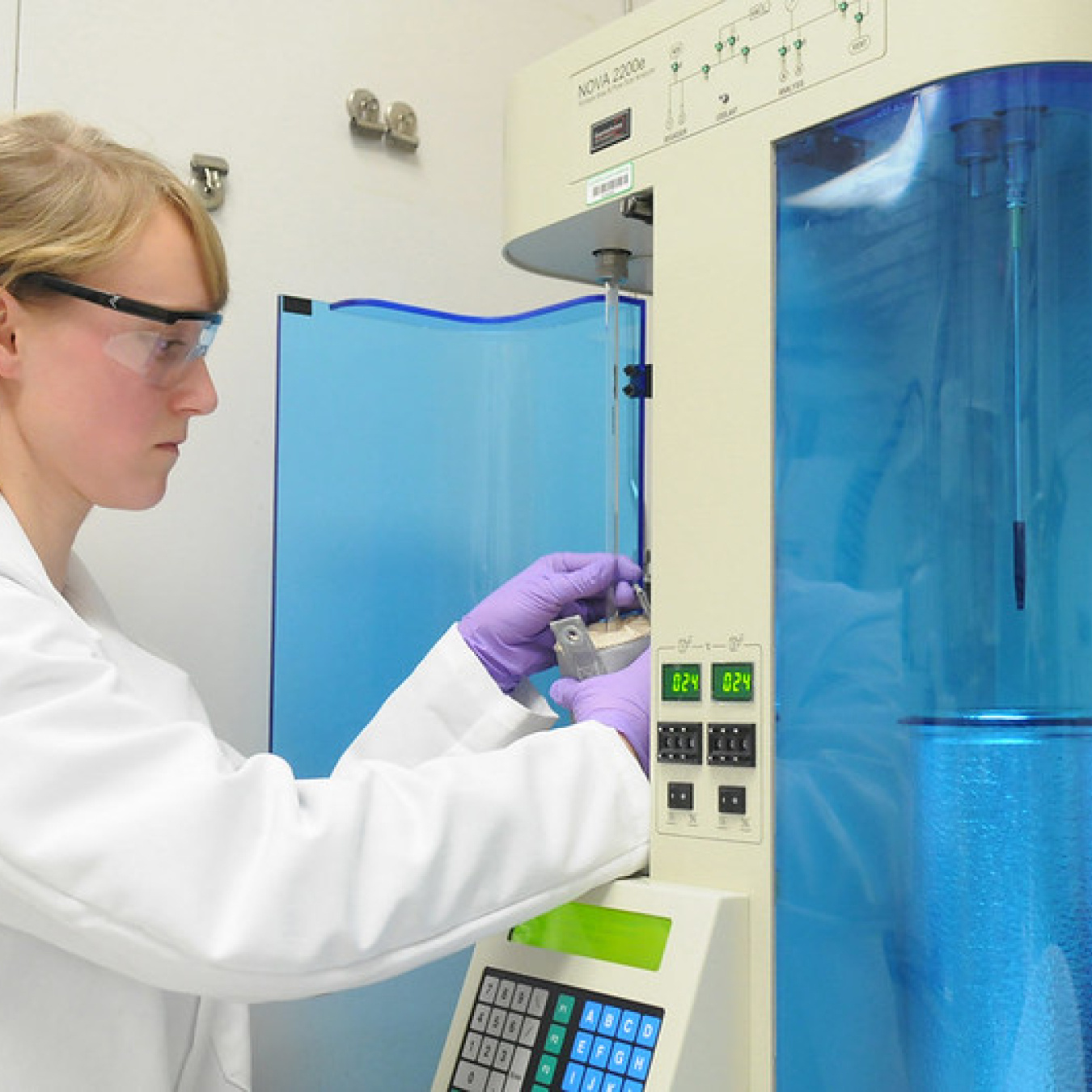Chemicals are a vital component to a wide variety of consumer and industrial products. End-uses for chemical products include:
- Basic chemicals, such as ethanol, gases, and other compounds used in manufacturing processes
- Consumer products such as plastics and detergents
- Specialty chemicals such as paints, coatings, and adhesives
- Agricultural chemicals such as pesticides and fertilizer.
The chemicals and petrochemicals industries account for about 40% of all industrial energy use in the United States.
How Do We Make Chemical Manufacturing and Petroleum Refining More Energy Efficient?
Converting between chemical building blocks to create chemical products is incredibly energy intensive. This energy demand is generally satisfied by fossil fuel combustion as the primary energy input. Technologies like advanced reactors and separations, industrial electrification, and efficient process heating can increase energy efficiency, improve the value of products, and increase the competitiveness of U.S. production.
Increasing energy efficiency alone is not enough. Technologies that utilize and convert alternative feedstocks like waste gases (CO₂, CO), biomass (such as municipal solid waste, starch, and lignin), recycled materials, and hydrogen (H₂) into fuels and chemical products can help U.S. producers to diversify their supply chain and improve their ability to out-compete global competitors.




